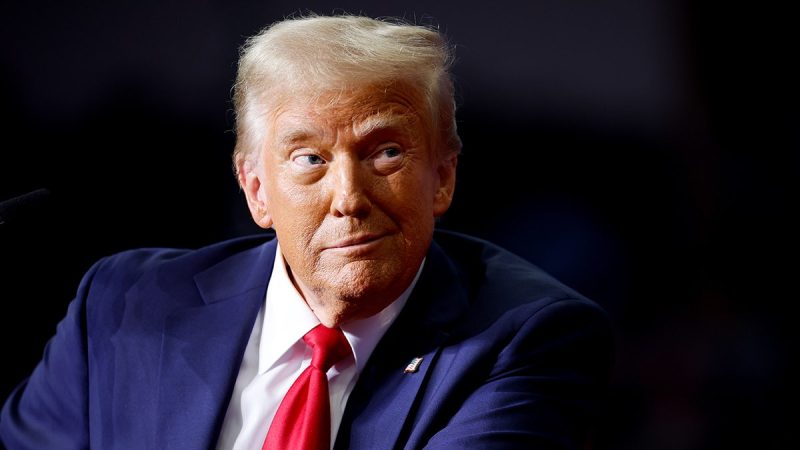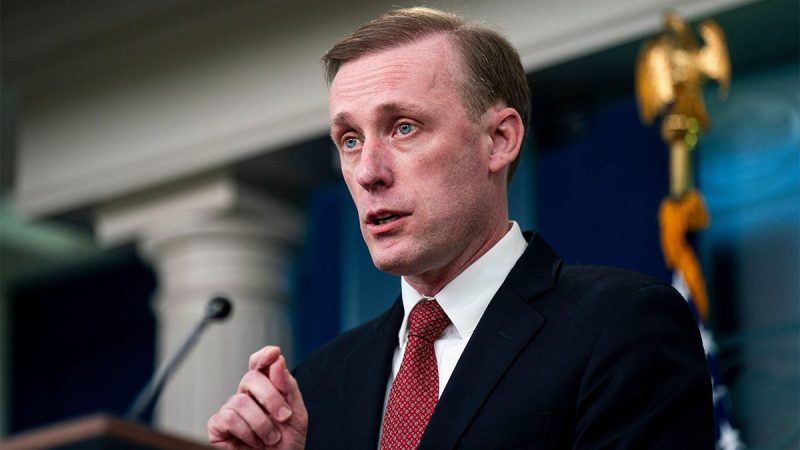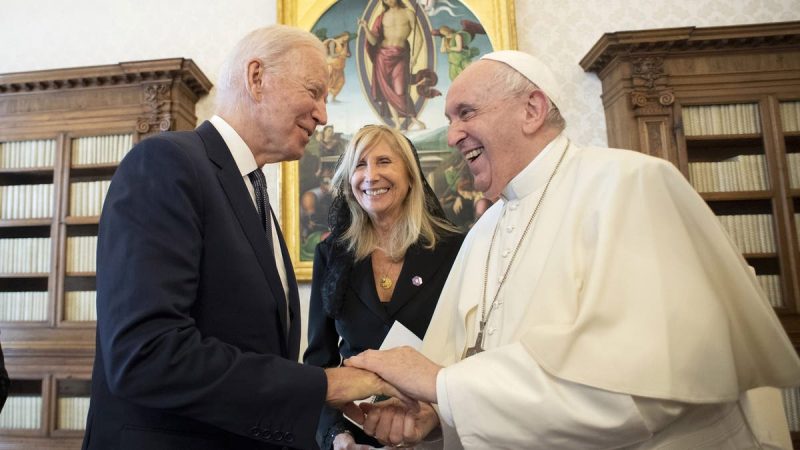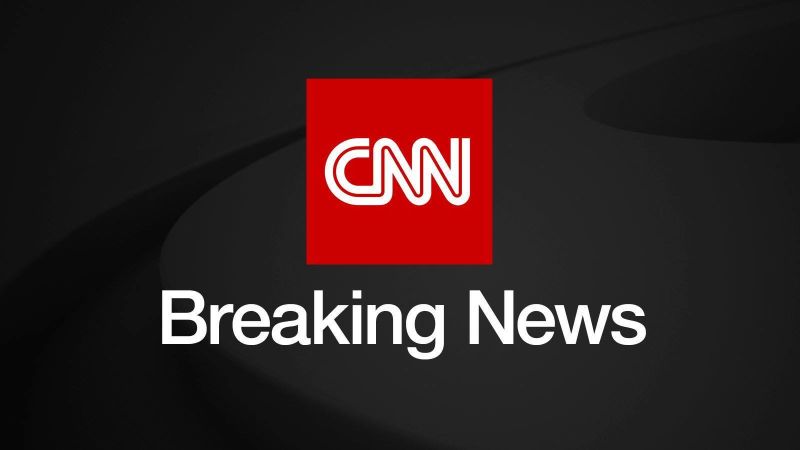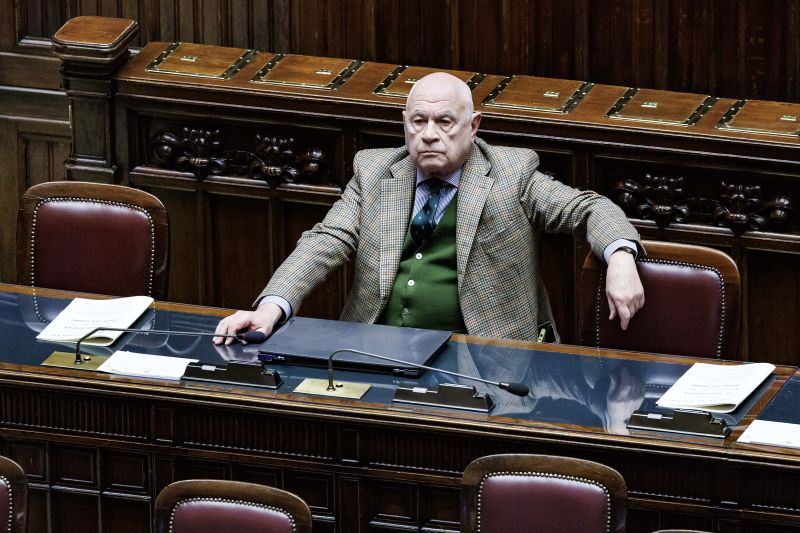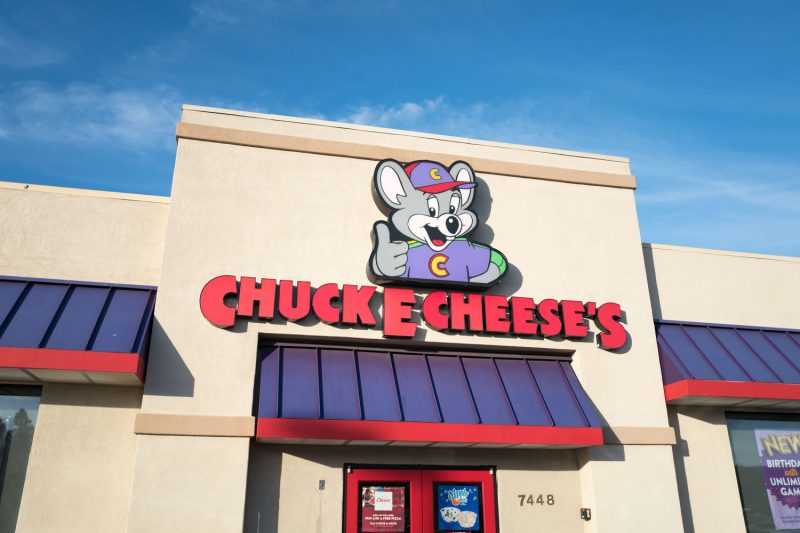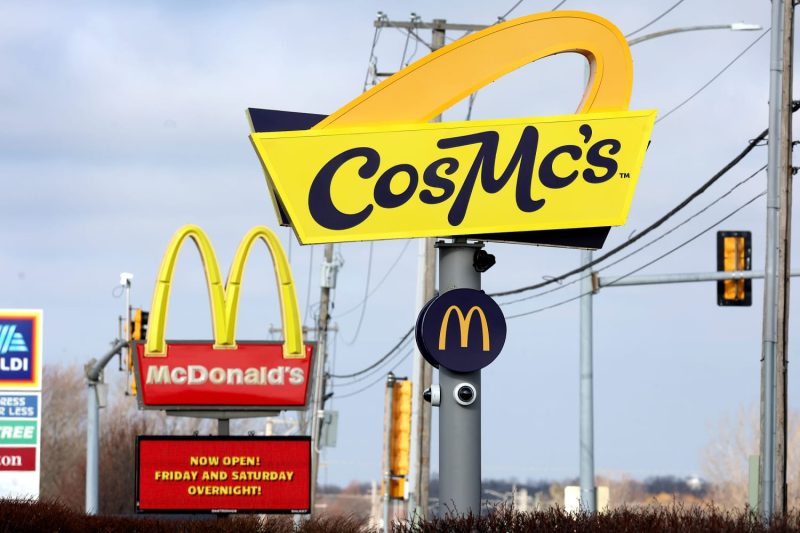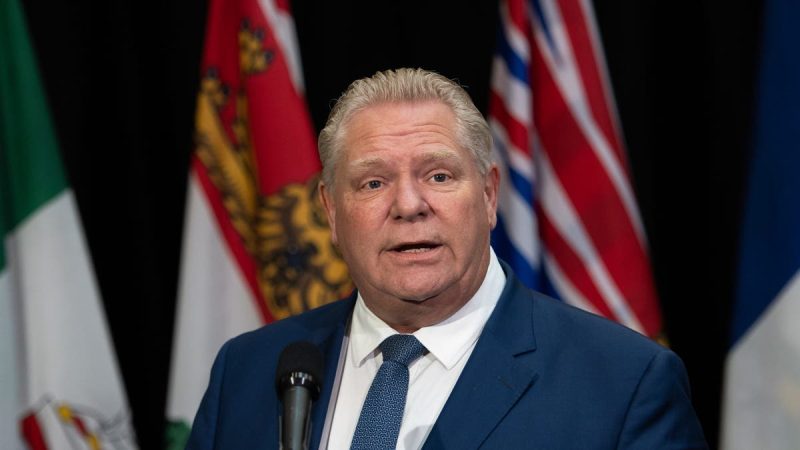

Global markets were turbulent this week on speculation about US President-elect Donald Trump’s trade policies.
Initial gains on Monday (January 6), driven by rumors of less aggressive tariffs, were followed by a mixed performance as the Consumer Electronics Show (CES) kicked off in Las Vegas, Nevada, and investors awaited key economic data.
1. AI takes center stage at CES
Unsurprisingly, CES underscored the growing influence of artificial intelligence (AI) across the tech landscape, with AI chips for PCs, new electric vehicles and the imminent influence of robotics on the workforce taking center stage.
AI was prominent, featured in everything from appliances to pets. Following substantial investment, companies are under pressure to demonstrate the value and justify the cost of AI integration in their products.
As mentioned, tech stocks rose on Monday as the event began, with chipmakers like NVIDIA (NASDAQ:NVDA), Broadcom (NASDAQ:AVGO), Micron Technology (NASDAQ:MU), Advanced Micro Devices (AMD) (NASDAQ:AMD) and Taiwan Semiconductor Manufacturing Company (NYSE:TSM) leading the surge.
NVIDIA, whose CEO Jensen Huang gave the keynote address at CES, was a key focus.
Following the company’s weaker-than-expected revenue outlook in November, investment interest in AI has been dispersing to include companies such as Broadcom and Marvell (NASDAQ:MRVL), whose share prices increased in the fourth quarter of 2024 while NVIDIA’s remained relatively flat.

Broadcom, NVIDIA and Marvell Technologies performance, Q4 2024.
Chart via Google Finance.
After a product reveal, NVIDIA saw its share price fall 8.5 percent to US$140.01 on Tuesday (January 7), its largest intraday drop since October 15. Chief among the AI bellwether’s long list of new products are the new GeForce RTX 50 series GPUs, built on the Blackwell architecture. The flagship RTX 5090 for demanding workloads will be available this month for US$1,999, while the RTX 5070, a more budget-friendly version, will arrive in February for US$549.
NVIDIA also unveiled Project Digits, a desktop PC designed to empower AI researchers, data scientists and students with the ability to run very large AI models on their laptops. Developed in collaboration with Taiwan’s MediaTek (TPE:2454), the model is equipped with a Grace Blackwell Superchip and runs a version of the Linux operating system. Project Digits essentially puts an AI-powered personal supercomputer within reach for US$3,000 starting in May.

NVIDIA performance, January 6 to 10, 2025.
Chart via Google Finance.
NVIDIA’s move highlights a broader trend at CES this year: the rise of AI PCs. AMD, Intel (NASDAQ:INTC) and Qualcomm (NASDAQ:QCOM) all introduced chips designed to bring AI to everyday computing. AMD’s high-powered Ryzen CPUs, which will power Dell’s (NYSE:DELL) corporate PCs, reportedly outperform Macs and offer a longer battery life.
Meanwhile, Qualcomm is broadening its business beyond mobile phone chips with the Snapdragon X Platform, an affordable chip for laptops and PCs that will run Microsoft’s (NASDAQ:MSFT) Copilot+ software. The company will also soon release a small desktop computer built with the chip. PC makers including Dell — which announced a rebranding of its PC line — will reportedly offer laptops based on the new product in early 2025.
AMD, Qualcomm and Dell saw share price increases of between 2 and 3.5 percent between Monday and Tuesday. However, Intel’s new processors featuring built-in AI acceleration and a dedicated neural processing unit in select models weren’t enough to impress investors, and its share price was little changed over the same period.
2. Autonomous vehicles have their moment
While AI PCs generated excitement at CES, another trend emerged: the rise of generative physical AI.
During his keynote, Huang emphasized how the forthcoming shift will revolutionize factory and warehouse automation, a rising subsector he described as ‘a multi-trillion dollar opportunity.’
This sentiment is seemingly shared by OpenAI founder Sam Altman, who wrote in a weekend blog post of a near future where “AI agents join the workforce and materially change the output of companies.’
To accelerate this transition, Huang unveiled NVIDIA Cosmos, an open-source platform designed to simulate real-world environments and accelerate the training of physical AI models like robots and cars. Within Cosmos, AI agents can be trained using Nemotron, a new family of large language models optimized for agentic AI. Based on Meta’s (NASDAQ:META) Llama models, Nemotron leverages NVIDIA’s CUDA and AI acceleration technologies.
“Cosmos will dramatically accelerate the time to train intelligent robots and advanced self-driving cars,” Rev Lebaredian, vice president of omniverse and simulation technology at NVIDIA, said at a press conference on Monday.
Later, news broke of a partnership between NVIDIA and Toyota (NYSE:TM) that will see the carmaker use NVIDIA’s autonomous driving chips and software to advance its self-driving cars. NVIDIA also announced a partnership with Uber (NYSE:UBER) to use its drive logs for AI model training.
“After so many years, with Waymo and Tesla’s (NASDAQ:TSLA) success, it’s very clear (autonomous vehicles) have finally arrived,” said Huang on Monday. Later, during an interview with Yahoo Finance’s Dan Howley, he disclosed that NVIDIA’s technology for autonomous driving is projected to generate US$5 billion in annual sales.
3. Crypto market struggles to find footing
The Bitcoin price rose above US$102,000 early on Monday, following a weekend in which the cryptocurrency regained its 50 day simple moving average, an indicator often described as crucial for a continued bull market.
Adding to the momentum was strong speculation that MicroStrategy (NASDAQ:MSTR) was preparing to increase its holdings further after CEO Michael Saylor hinted at a potential acquisition over the weekend. The company ultimately purchased 1,070 Bitcoins for a total price of US$101 million.
Adding to bullish sentiment was a research report from JPMorgan (NYSE:JPM); it indicates that Bitcoin miners’ revenue increased for the second consecutive month in December. The positivity extended to altcoins as Solana’s DEX trading volume exceeded that of Ethereum and Base; the price action prompted analysts to set a US$15 target for XRP.
However, as conflicting US jobs and inflation data rolled in, traders’ hopes of an interest rate cut by March diminished. Yields for 10 year treasuries touched 4.73 percent, resulting in a broad selloff affecting cryptocurrencies and other risk-on assets like tech stocks. The top cryptocurrencies dropped between 4 and 9 percent in early trading on Tuesday.

Bitcoin performance, January 6 to 10, 2025.
Chart via CoinGecko.
US Bitcoin exchange-traded funds (ETFs) saw near-record outflows of US$582 million on Wednesday (January 8), as the downward trajectory continued. Ether ETFs also saw substantial outflows totaling US$159.3 million on Wednesday, their largest on record since July. By Thursday (January 9), US$655 million in Bitcoin futures contracts had been liquidated.
Adding to the uncertainty, the US Department of Justice has reportedly been cleared to sell US$6.5 billion worth of Bitcoin seized from Silk Road, which could put downward pressure on Bitcoin’s price.
Altcoins saw greater losses, with XRP being the sole exception.
Ripple’s native cryptocurrency saw periods of recovery on Wednesday after it was reported that CEO Brad Garlinghouse and Chief Legal Officer Stuart Alderoty met with Trump for dinner. Analysts at Cointelegraph project XRP could surge 40 percent if prices can break out of the current “descending triangle” pattern.
Friday’s (January 10) US jobs data release coincided with a 2.24 percent drop in Bitcoin’s price to below US$92,000 before the markets opened, followed by a rise to US$95,000 midday. Bitcoin’s latest downtrend has led market analysts to believe that the coin’s price may retest areas around US$90,000 as traders contend with uncertainty regarding tariffs and their effects on the US economy, stoking concerns about the possibility of renewed inflation.
According to Santiment analyst Brianq, Bitcoin’s performance can also be partly attributed to decreased purchasing activity by wallets holding between 100 and 1,000 Bitcoin, which drove Bitcoin’s most recent bull cycle.
Securities Disclosure: I, Meagen Seatter, hold no direct investment interest in any company mentioned in this article.



